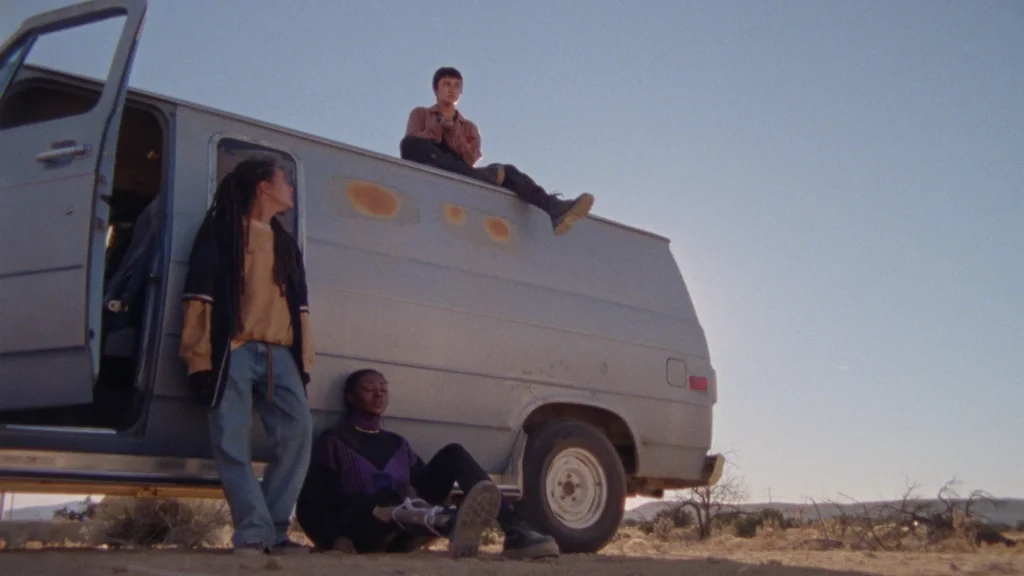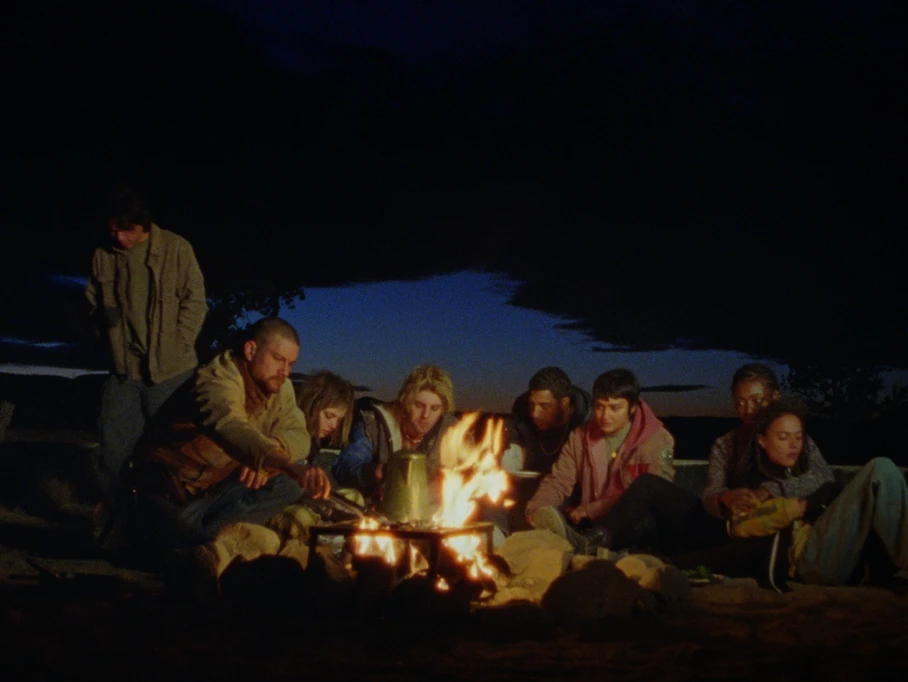How To Blow Up A Pipeline, most importantly, finely rides the line between a call to action and a desperate plea for help. Daniel Goldhaber’s 2022 film follows a group of environmental activists on a singular mission, and the title makes it pretty obvious as to what that mission is. It plays out like a high wire-heist, and for great reason: all that’s on the line is difficult to quantify, yet essential to those responsible for the mission statement of the film. Climate change threatens the entire world we inhabit, but as shown in How To Blow Up A Pipeline, the personal effects climate change has on individual people is as equally devastating as the world slowly, but eventually, becoming uninhabitable. From the loss of a loved one to untreatable sickness, this film slowly reveals character motivations. Even up until its closing moments, the filmmakers choose to use visceral flashbacks for further justifying its characters. Rather than front load the stakes and planning like many heist films tend to do, the film intercuts throughout the timeline of the plan being formed up until, and past, the conclusion of events. This sense of editing makes for a more frenetic, and tense, watch, as the viewer simply will not be able to stay within one space. It’s a chaotic world both outside and within the depths of the Internet, and the team in How To Blow Up A Pipeline do what they can to navigate it.

From the top level looking down, there is an utter lack of care for the people whose lives are irrevocably altered by bureaucratic and political choices. This governmental negligence pulses throughout every motivation of these characters and this film as a whole. Take the character of Xochitl (Ariela Barer) for example, who loses her remaining parent and the funeral is overlooked by the billowing smokestacks and industrial facility that surely caused the passing of her loved one. Or her friend Theo (Sasha Lane), who due to growing up near the same type of facility has been diagnosed with a rare, advanced form of leukemia. Dwayne (Jake Weary), who lost his land to the claim of eminent domain for an oil pipeline, refuses to lose his family alongside it. These are but three of the central characters in this film, all deeply affected by even being in the vicinity of government and private-business controlled land. Those in power can’t see who is being impacted by their actions, so the team of eight passionate individuals decide it’s time to take action into their own hands.

Based on a nonfiction novel of the same name by Andreas Malm, Malm’s original text argues that sabotage in the name of environmental justice should be justified based on a history of social justice movements. This film takes that general principle and maps a story around it. Early on in the film, a member of the team proclaims they are, “attacking the things that are killing us.” Similarly to how the immune system fights a virus in our body, hearing their reasonings behind the choices they have made thus far is fascinating. How To Blow Up A Pipeline allows the viewer into the conversations of this social media found family. There’s a beautiful moment of these people sitting around a campfire, and it’s one of the only moments in the film where the looming shadow of these environmental killing facilities cannot be seen. Xochitl calls their actions “an act of self defense” in preparation for the possibility of being defamed and labeled a terrorist. With that, one cannot help but think back to the earlier mentioned notion of the body’s natural immune system. The characters leave explicit details and explanations as to why they sabotage property, and as the credits of How To Blow Up A Pipeline begin to roll, one can’t help but wonder if everyone in the film is right. When backed into a corner, what’s left to do? What’s perhaps most chilling about Goldhaber’s film is that it leaves it to the audience to find out, and hopefully, we can all figure out something before it’s too late.
Neon will release How To Blow Up A Pipeline in theaters on April 7, 2023.
